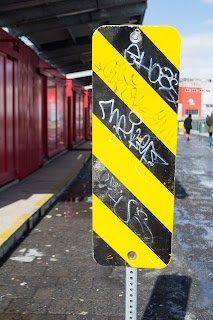Histograms
High-key scene
Low-key scene
Scene with varied tones
a. According to the histogram, where do most of the pixels in your high key image fall (left or right on the histogram)
Most of the pixels in my high-key image fall on the right side on the histogram, which means the tones are white/bright.
b. Are there any pixels in the high key image that would not print with detail?
There could be any pixels in the high key that would not print with detail if the white tones start to clip. It means the information is losing.
c. According to the histogram, where do most of the pixels in your low-key image fall (left or right on the histogram)
Most of the pixels in my low-key image fall on the left side on the histogram, which means the tones are black/dark.
d. Are there any pixels in the low-key image that would not print with detail?
There could be any pixels in the high key that would not print with detail if the black tones start to clip. It means the information is losing.
e. According to the histogram, where do most of the pixels in your varied tones image fall (left or right on the histogram)
Most of the pixels in my varied tones image fall in-between the black and white tones, which means it is in the middle tones.
f. Are there any pixels in the varied tones image that would not print with detail?
There could be any pixels in the varied tones image that would not print with detail if the image is underexposed or overexposed.
g. Considering the information on the histogram, do you feel your camera is properly exposing the high key and low-key scenes? Explain your answer
Yes, because it mostly goes either on the right or left side, but the histogram doesn't touch either edges of it. I made sure there was no clipping.
h. Which histogram shows the most dynamic range?
The histogram that shows the most dynamic range is the one with varied tones. It falls in-between white and black tones.











































